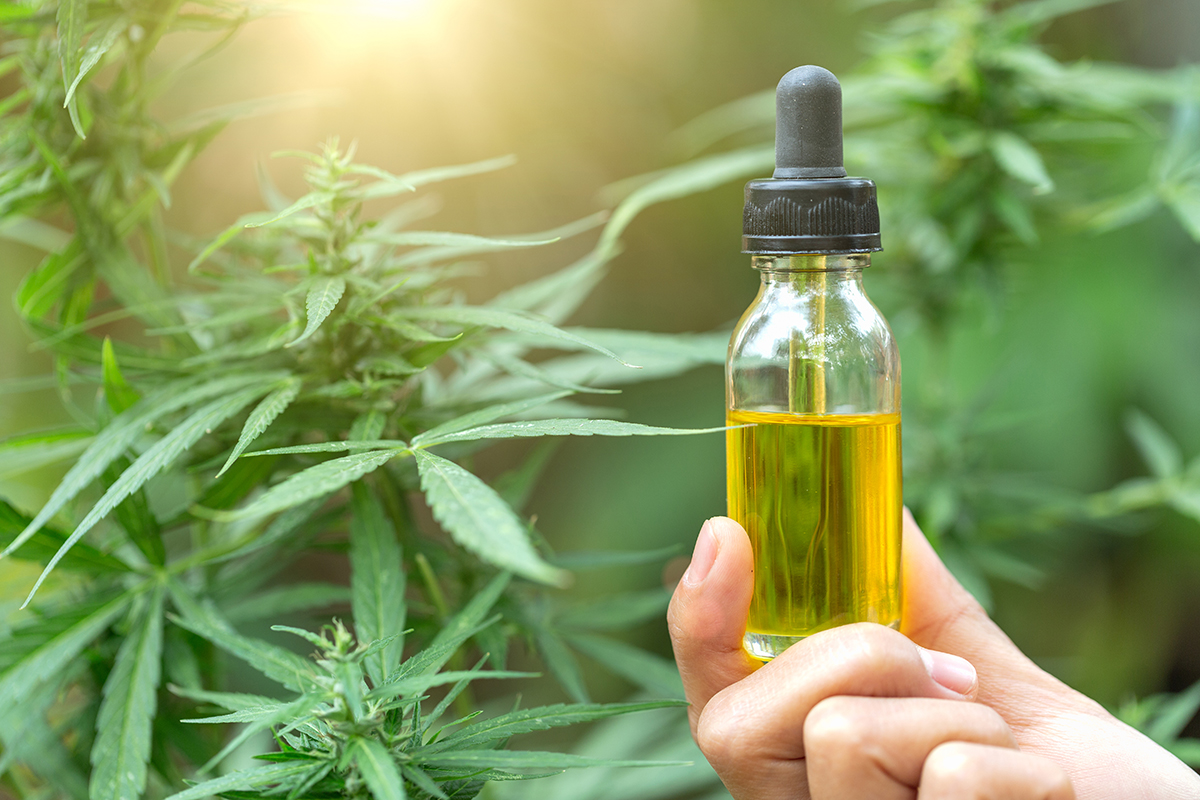How Cannabis Products Are Different From Marijuana

The level of THC, CBD, and other cannabinoids found in cannabis products varies from one brand to the next. Products with higher THC content typically contain CBD and low levels of the less-known minor phytocannabinoids. The highest concentrations of THC are usually found in full-spectrum cannabis products, while those with lower concentrations are called "broad-spectrum." In Australia, all medicines fall under the Standard for Uniform Scheduling of Medicines (SUSM), and the amount of each cannabinoid is determined by the Poisons Standard. Click here to find a reliable seven leaves retailer.
In the United States, sales of cannabis products have increased significantly in recent years. Flower accounts for more than half of all legal cannabis sales, while cartridges account for 20.3%. During the winter months, dry flower loses market share to its more popular counterpart. Cannabis products have come a long way since the early days of the plant. Before legalization, cannabis products were simply classified as Indica or Sativa strains. Today, they're sold in the form of pre-rolls and other products containing concentrated cannabis.
Cannabidiol (CBD) oil is an extract of cannabis, made using a solvent. CBD oil is typically dissolved in edible oil. During the extraction process, solvents vary from relatively benign organic solvents to harmful substances, such as petroleum ether. Unlike marijuana, hemp cultivation in the USA was prohibited for decades. It is currently ramping up for industrial production. CBD oil is sold in a growing variety of forms.
Topical balms contain marijuana extract and skin-soothing ingredients. These products can be applied directly to the skin to help alleviate muscle pain. Leif Goods balms, for example, are available in lavender and bergamot scents. These balms are bee-free and vegan and can only be purchased in states with medicinal marijuana dispensaries. When legalized, they could soon become available across the country.
It is important to discuss any potential side effects with your physician before consuming cannabis or hemp products. Cannabis is a highly addictive substance, and smoking or vaporizing cannabis can result in addiction and decreased mental ability. Additionally, smoking or ingesting marijuana can increase the risk of respiratory problems and increase heart disease. As with many medicines, marijuana can interfere with treatment for these conditions. Regardless of whether or not it is legal, carry seven leaves products are not for everyone.
Tinctures are another way to use cannabis products. These products can be mixed with food or beverages and ingested sublingually. They provide a delayed high, much like edibles. Tinctures can be more expensive than edibles, however, and some people find the taste unpleasant. Nonetheless, tinctures are a popular choice for daily use. You can even take a cannabis capsule bath if you prefer a more sublingual method of ingesting the substance.
As with all other foods, marijuana has been used as medicine for thousands of years. Although it has been used by ancient civilizations, modern scientists had only recently discovered its medicinal uses. The discovery of tetrahydrocannabinol (THC) in the 1960s paved the way for examining its therapeutic potential. The discovery of endogenous cannabinoid receptors allowed researchers to study cannabis and its components. Researchers also examined the effects of edible cannabis, as well as its effects on Type 2 diabetes. For more information, check out this related post: https://en.wikipedia.org/wiki/Cannabis.
